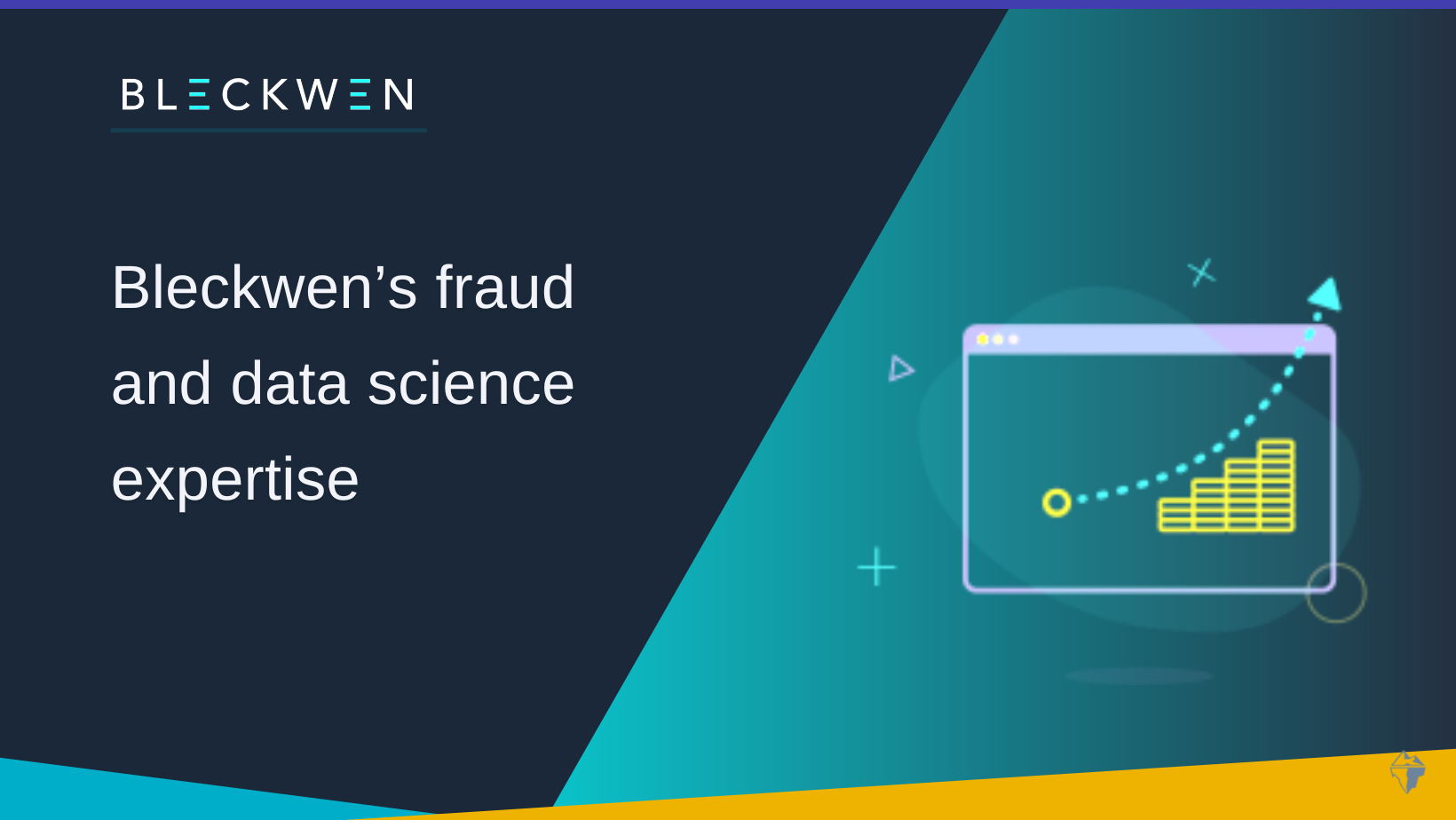
How do lenders facilitate the booking of low-risk loans?
You might mean adopting a perspective you haven’t considered before, before making a hard decision in your life. For financial institutions adopting a safe strategy can also be helpful. Predictive models to detect fraud and high-risk activities can enhance your timing and investment and reduce money losses. This article focuses on relevant activities to optimize the time you and your team spend on risk detection applications and business strategies.

How do predictive analytics models rank loan applications in terms of fraud risk?
Predictive models of all kinds have been around for decades. They find fraudulent credit cards, checks/wire transfer transactions, mortgages, and auto loans. These models use historical data from a single or a consortium of institutions to create predictive elements. The model is typically displayed as a score, e.g., 001-999.
It is clear why this model has become so popular and practical. A suitable model ranks fraud risk so efficiently that lenders only need to review a small percentage of their application volume to detect an amount of potential fraud.
- From 0 to 700: Low scores - 30% of loans have a low fraud rate ↘️ 20%
- From 800 to 999: High scores - 90 % of loans have fraud rates
Why take the 'automated' path on low fraud risk credit applications?
A risk manager's job (among other factors) is to reduce fraud losses and operating costs. Prior applications into low-risk/automated and high-risk /enhanced processing. A robust predictive model is essential because it reveals where the largest fraud groups are and where fraud is unlikely to be found. Therefore to drive operational efficiencies and save costs, Risk Managers need to design processes so the low-risk applications can be effectively automated.
Some of the potential benefits include:
- Approve more transactions and loans with less friction.
- Conduct fewer audits and require more periodic conditions on new deals.
- Align workloads so that relatively lower-risk cases assign to less experienced analysts. It allows teams to focus on the high-fraud risk cases.
- Adjust pricing to reflect the lower risk.
Maximize your fraud model: take both the 'high' and the 'low' path.
Maximizing both ends of the score spectrum can apply to many situations. Take one example: auto loans. You want fraud analysts and underwriters to focus on high-scoring applications ensuring they don't validate loans to fraudsters or people who are unlikely to repay. Minimizing the agreements on the lowest-risk loans saves valuable time and operating costs. Fewer agreements also increase the likelihood that the deal will go through.
Takeaway
Sometimes, the design of your risk processes can be more significant to the bottom line than fraud detection rates. The advantage of optimizing both ends of the score range can be substantial across many outputs. As a risk manager, you want your fraud analysts and underwriters to focus on high-risk-scoring applicants to avoid lending to fraudsters or people who are unlikely to repay. So, keep the amount of work for low-risk loans to a minimum to save time and money. Learn more about Bleckwen's AI approach to optimize your lending process with low friction and time.

.png)



_ccexpress.png)
